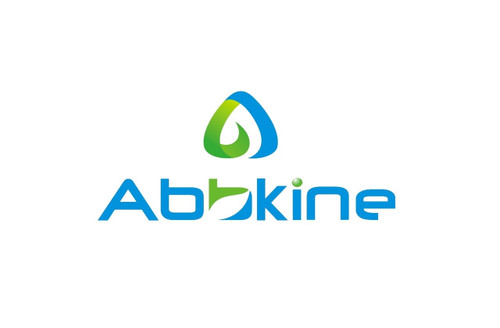Product Description
Mouse Zinc transporter 6 (SLC30A6) ELISA Kit | AE18740MO | Abebio
Species Reactivity: Mouse (Mus musculus)
Abbreviation: SLC30A6
Alternative Name: FLJ31101; MGC45055; MST103; MSTP103; ZNT6;
Application: ELISA
Range: 0.312-20 ng/mL
Sensitivity: 0.117 ng/mL
Intra-Assay: ≤3.7%
Inter-Assay: ≤9.8%
Recovery: 0, 94
Sample Type: Serum, Plasma, Other biological fluids
Detection Method: Sandwich
Analysis Method : Quantitive
Test Principale: This assay employs a two-site sandwich ELISA to quantitate SLC30A6 in samples. An antibody specific for SLC30A6 has been pre-coated onto a microplate. Standards and samples are pipetted into the wells and anySLC30A6 present is bound by the immobilized antibody. After removing any unbound substances, a biotin-conjugated antibody specific for SLC30A6 is added to the wells. After washing, Streptavidin conjugated Horseradish Peroxidase (HRP) is added to the wells. Following a wash to remove any unbound avidin-enzyme reagent, a substrate solution is added to the wells and color develops in proportion to the amount of SLC30A6 bound in the initial step. The color development is stopped and the intensity of the color is measured.
Product Overview: Zinc functions as a cofactor for numerous enzymes, nuclear factors, and hormones and as an intra- and intercellular signal ion. Members of the zinc transporter (ZNT) /SLC30 subfamily of the cation diffusion facilitator family, such as SLC30A6, permit cellular efflux of zinc. The deduced mouse and human proteins contain 460 amino acids and share 92% identity. Mouse Znt6 has 6 transmembrane domains, a loop between transmembrane domains 4 and 5, and cytoplasmic N and C termini. In contrast to other Znt proteins, the loop region of Znt6 lacks multiple histidines. Normal rat kidney cells expressed Znt6 in a perinuclear location and in a punctate/tubular pattern throughout the cytoplasm and under the plasma membrane. Disruption of the Golgi compartment also disrupted Znt6 localization.
Stability: The stability of ELISA kit is determined by the loss rate of activity. The loss rate of this kit is less than 5% within the expiration date under appropriate storage condition. The loss rate was determined by accelerated thermal degradation test. Keep the kit at 37°C for 4 and 7 days, and compare O.D.values of the kit kept at 37°C with that of at recommended temperature. (referring from China Biological Products Standard, which was calculated by the Arrhenius equation. For ELISA kit, 4 days storage at 37°C can be considered as 6 months at 2 - 8°C, which means 7 days at 37°C equaling 12 months at 2 - 8°C) .
 Euro
Euro
 USD
USD
 British Pound
British Pound
 NULL
NULL








